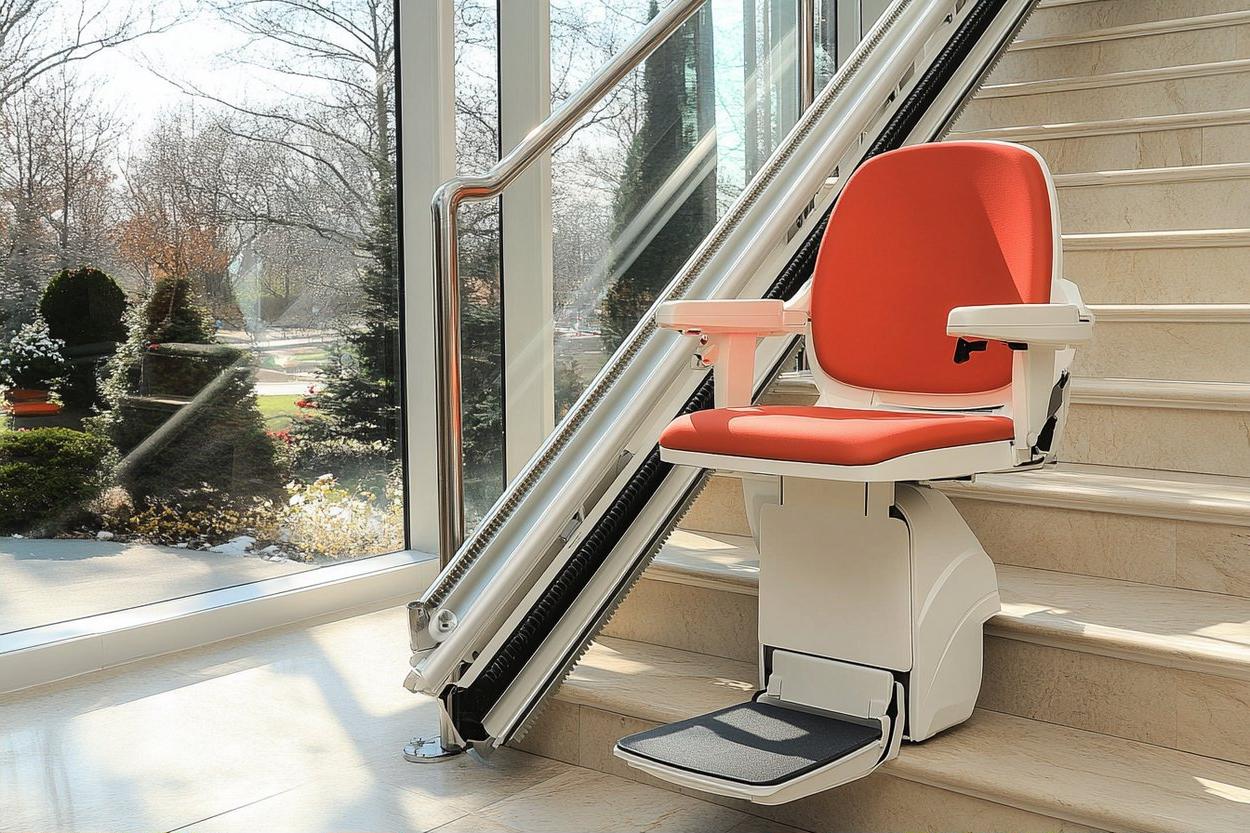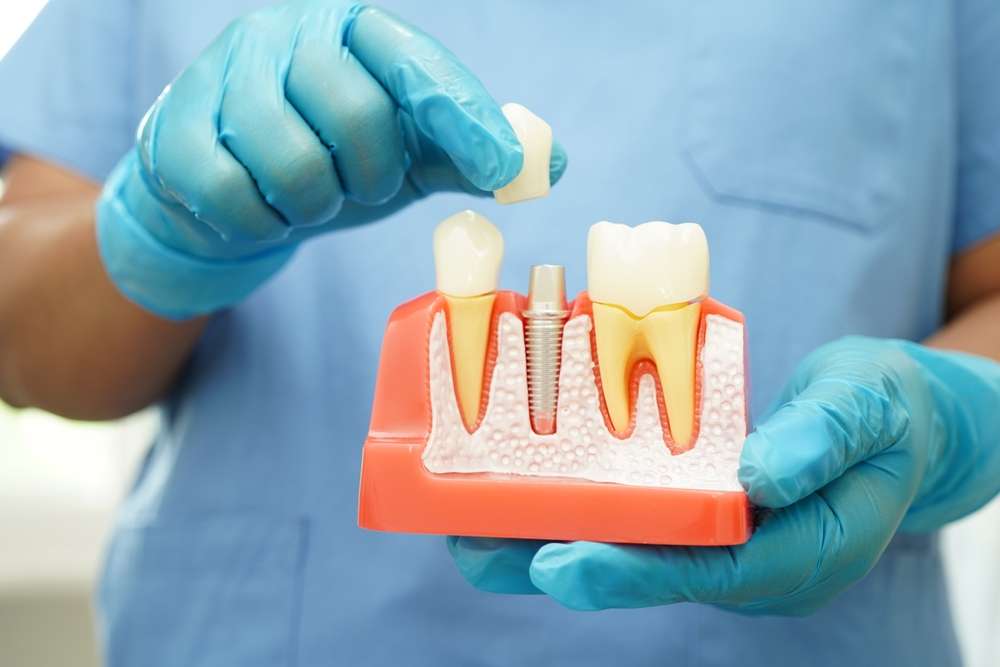Prefabricated Homes: Stylish, Durable, and Affordable
Prefabricated homes offer a modern solution for UK residents, emphasizing style, affordability, and sustainability. Modern prefab homes feature energy efficiency, customization, and durability, making them a popular choice for diverse lifestyle needs. With a streamlined buying and building process, prefabricated homes provide an appealing alternative to traditional housing, aligning with evolving demands for contemporary living.

The housing landscape in the United Kingdom is evolving, and prefabricated homes are at the forefront of this change. These structures, manufactured in sections at a factory before being transported and assembled on-site, challenge conventional building methods while delivering homes that meet contemporary standards for aesthetics, longevity, and affordability. With advances in construction technology and design, prefabricated housing has shed outdated stereotypes to become a viable solution for first-time buyers, families, and investors alike.
Prefabricated Homes: A Modern Housing Solution
Prefabricated construction represents a departure from traditional building practices. Rather than constructing a home entirely on-site, prefabricated homes are built in controlled factory settings where weather delays, material waste, and labour inconsistencies are minimized. Once completed, the modules or panels are transported to the building site and assembled, often within days or weeks rather than months. This method has gained traction across the UK as buyers recognize the benefits of reduced construction timelines and improved quality control. Modern prefabricated homes come in various styles, from contemporary minimalist designs to traditional aesthetics that blend seamlessly into established neighbourhoods. The versatility of prefabricated construction allows for customization, enabling homeowners to select layouts, finishes, and features that suit their preferences and budgets.
Energy Efficiency and Eco-Friendliness
Sustainability is a significant consideration for today’s homebuyers, and prefabricated homes often excel in this area. Factory construction allows for precise material measurements, reducing waste compared to traditional building sites where excess materials frequently end up in landfills. Many prefabricated homes are designed with energy efficiency in mind, incorporating high-quality insulation, double or triple-glazed windows, and airtight construction that minimizes heat loss. Some manufacturers integrate renewable energy solutions such as solar panels or heat pumps directly into their designs. The controlled environment of factory production also ensures consistent installation of these energy-saving features, which can be more challenging to achieve on traditional building sites. For environmentally conscious buyers, prefabricated homes offer a pathway to reducing carbon footprints while maintaining comfortable living standards. Additionally, many prefabricated home manufacturers source sustainable materials and employ eco-friendly production processes, further enhancing the environmental credentials of these dwellings.
Cost-Effectiveness and Durability
One of the most compelling advantages of prefabricated homes is their cost-effectiveness. Factory production streamlines the building process, reducing labour costs and construction time, which translates to savings for buyers. The controlled environment also protects materials from weather-related damage during construction, ensuring that components remain in optimal condition. Despite their affordability, prefabricated homes do not compromise on durability. Modern prefabricated structures are built to meet or exceed the same building regulations and standards as traditional homes. They are engineered to withstand the UK climate, including wind, rain, and temperature fluctuations. Many prefabricated homes feature robust structural frameworks, high-quality cladding materials, and advanced weatherproofing systems. The precision of factory construction often results in tighter seals and better overall build quality than site-built homes, contributing to longevity and reduced maintenance costs over time. Buyers can expect prefabricated homes to provide decades of reliable service when properly maintained.
Prices of Prefabricated Homes in the UK
Understanding the financial aspects of prefabricated homes is essential for prospective buyers. Prices vary depending on size, design complexity, materials, and the level of customization. Generally, prefabricated homes offer competitive pricing compared to traditional construction, though costs can fluctuate based on market conditions, land prices, and additional site preparation requirements. Below is a comparison of typical prefabricated home options available in the UK market:
| Home Type | Provider | Size (approx.) | Cost Estimation |
|---|---|---|---|
| Modular Single-Storey | Ilke Homes | 70-90 sqm | £100,000-£150,000 |
| Two-Bedroom Modular | Project Etopia | 75-95 sqm | £120,000-£180,000 |
| Three-Bedroom Modular | Housebuilder | 100-120 sqm | £150,000-£220,000 |
| Custom Timber Frame | Baufritz UK | 120-150 sqm | £200,000-£300,000 |
| Eco-Friendly Modular | Facit Homes | 90-110 sqm | £180,000-£250,000 |
Prices, rates, or cost estimates mentioned in this article are based on the latest available information but may change over time. Independent research is advised before making financial decisions.
These figures typically include the manufactured home structure but may not cover land purchase, site preparation, foundation work, utility connections, or planning permissions. Buyers should budget for these additional expenses, which can vary significantly depending on location and site conditions. It is advisable to obtain detailed quotes from multiple providers and consult with financial advisors to understand the full scope of investment required.
Streamlined Buying and Building Process
The process of purchasing and constructing a prefabricated home differs from traditional homebuilding, often offering a more straightforward experience. After selecting a design and provider, buyers work with the manufacturer to finalize specifications and customization options. Simultaneously, site preparation begins, including foundation work and utility connections. Once the home modules are completed in the factory, they are transported to the site and assembled, typically within a few days. This compressed timeline means families can move into their new homes significantly faster than with conventional construction, which can take six months to over a year. The reduced on-site construction time also minimizes disruption to neighbours and the surrounding environment. Many prefabricated home providers offer comprehensive services, including assistance with planning permissions, site surveys, and coordination with local authorities, simplifying what can otherwise be a complex process. This streamlined approach appeals to buyers seeking efficiency and clarity throughout their homebuilding journey.
Conclusion
Prefabricated homes represent a forward-thinking approach to residential construction in the UK, combining style, durability, and affordability in a way that meets the needs of modern homeowners. With benefits ranging from energy efficiency and environmental sustainability to cost savings and rapid construction, these homes offer a compelling alternative to traditional building methods. As the housing market continues to evolve and demand for quality, affordable homes grows, prefabricated construction is likely to play an increasingly important role in shaping the future of UK housing. For those considering a new home, exploring prefabricated options may reveal opportunities that align with both practical needs and long-term aspirations.



